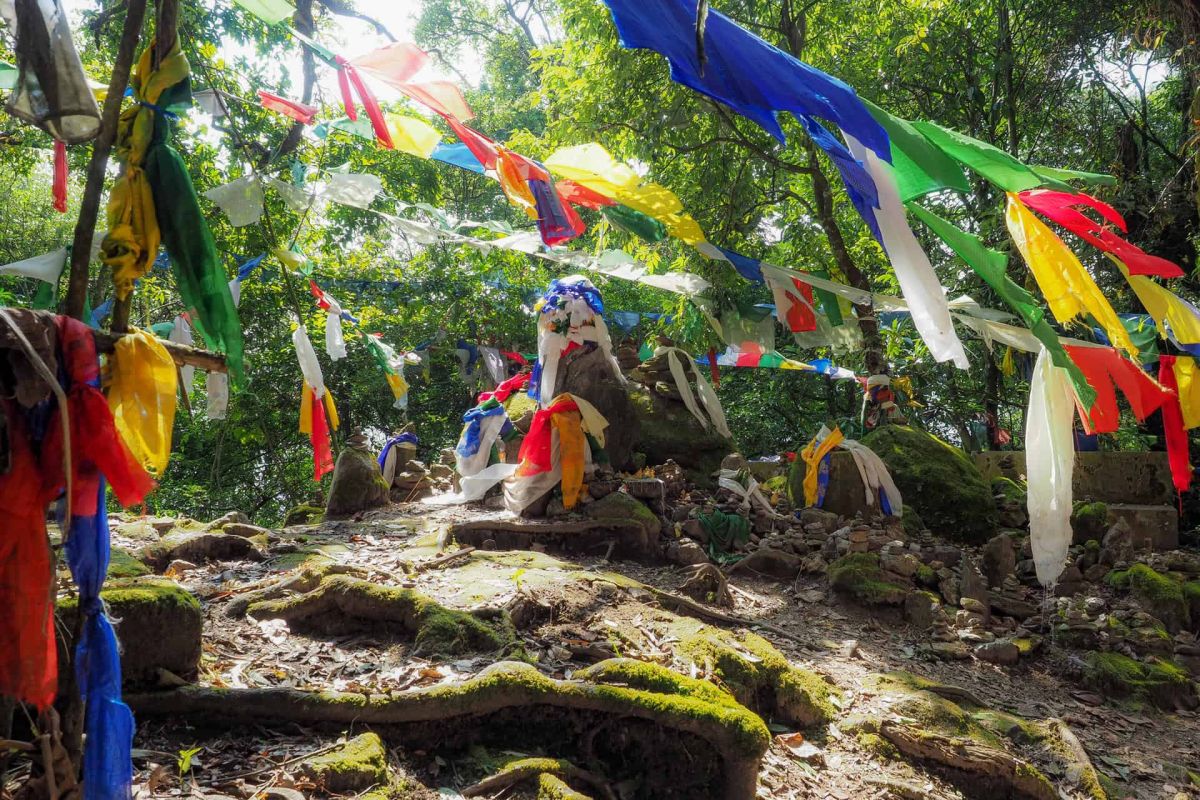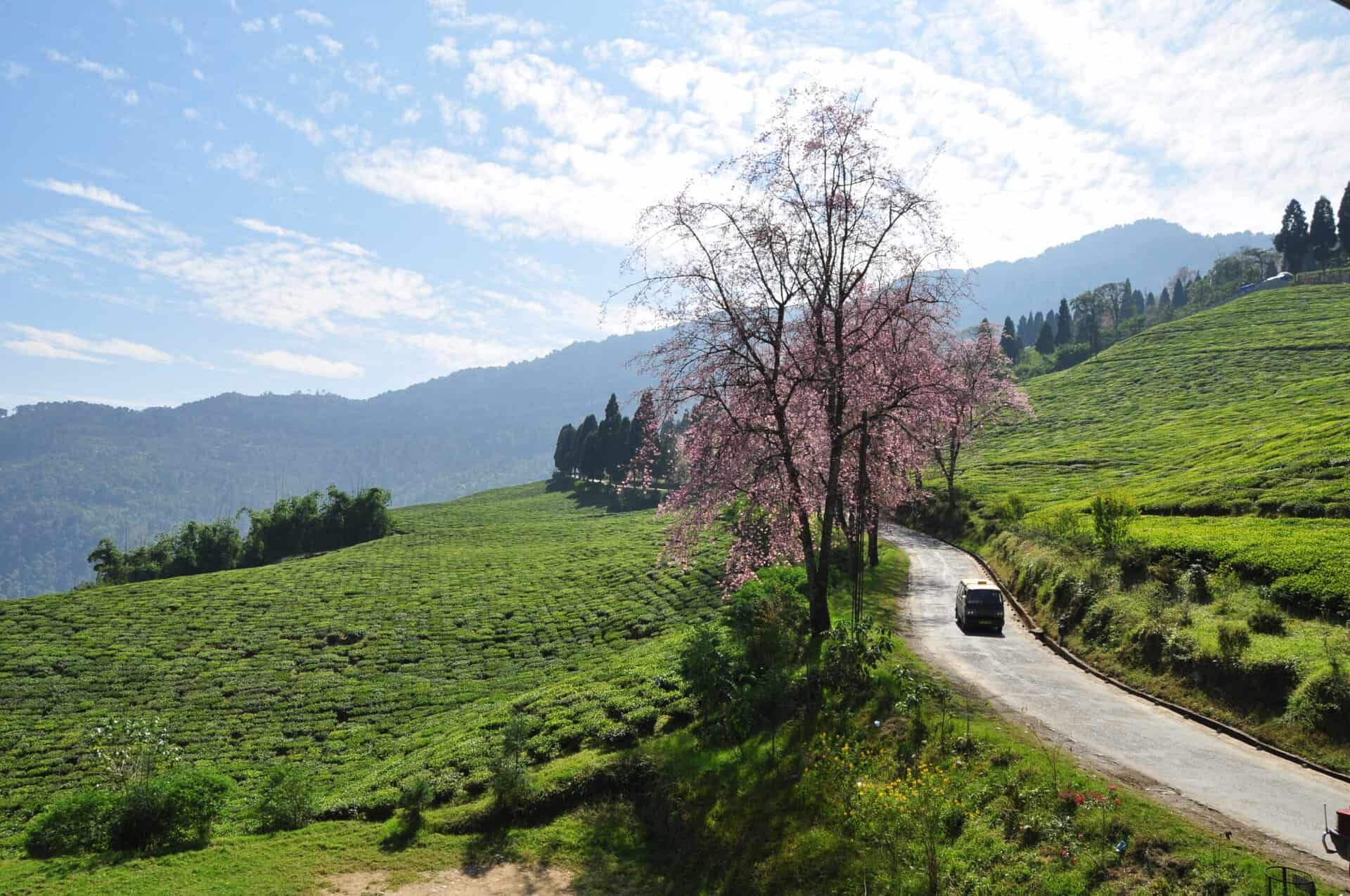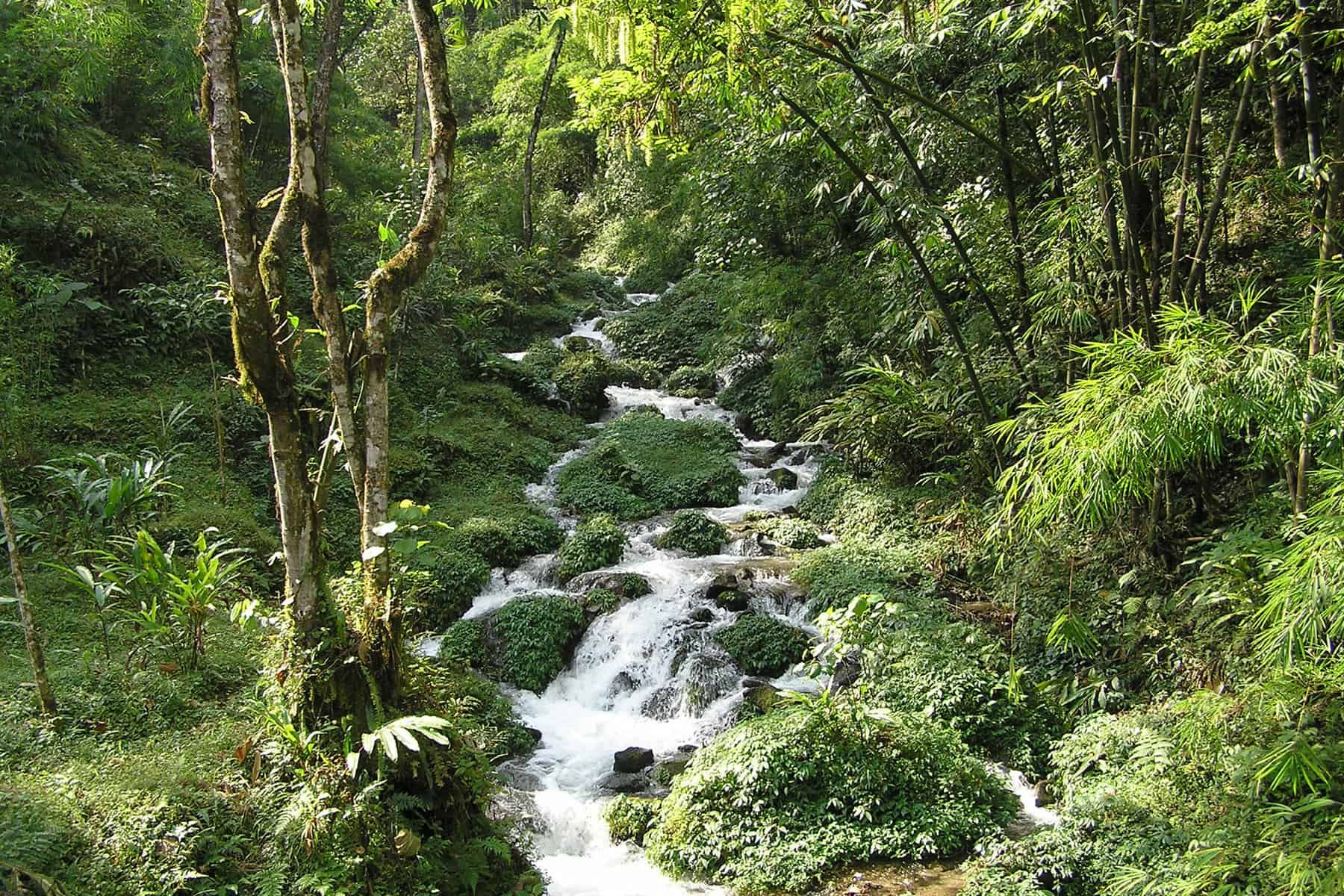Discovering North Sikkim

Kabi Longchok in North Sikkim – an annual shaman ceremony is held here in honor of the medicinal herbs
Description
North Sikkim is the least populated region, where the cultures of the Bhutias and Lepchas are still lived out in a very authentic way. The Bhutias and Lepchas take great pride in their culture, and Buddhist ceremonies play a very important role in their daily lives. On our journey through North Sikkim, we make a stop at Kabi Lungchok. The monoliths placed here by the indigenous people mark the brotherhood pact that the Lepchas made with the Bhutias who migrated from Tibet in the 15th century. This sacred site is still used by the Lepchas for their annual shamanic rituals honoring medicinal herbs.
The journey continues, passing terraced fields and the impressive “Seven Sisters” waterfall. On clear days, we are treated to a magnificent view of the surrounding mountains, including the 7000-meter Jomolhari peak, located on the Bhutan border. Finally, we visit the Labrang and Phodong monasteries as well as the ruins of the first government seat of the Chogyals. At Phodong monastery, you will visit the prayer hall and a small museum dedicated to the explorer Alexandra David Neel. In the monastery’s upper floor, you can also see an intricate depiction known as “Sangro Pelri” – a model symbolizing the different levels of the universe according to Tibetan Buddhist cosmology.


Program
Duration: 7 – 9 hours (approx. 5 hours driving; short hike approx. 35 minutes)
Included in the price:
- Entry permit for guests and vehicle
- Transfer in Toyota Innova or similar with experienced driver
- Drinking water, snacks, hot tea
- Lunch at a local restaurant
- English-speaking local guide
- Visits as described above
Price on request: Varies depending on the number of participants and season











